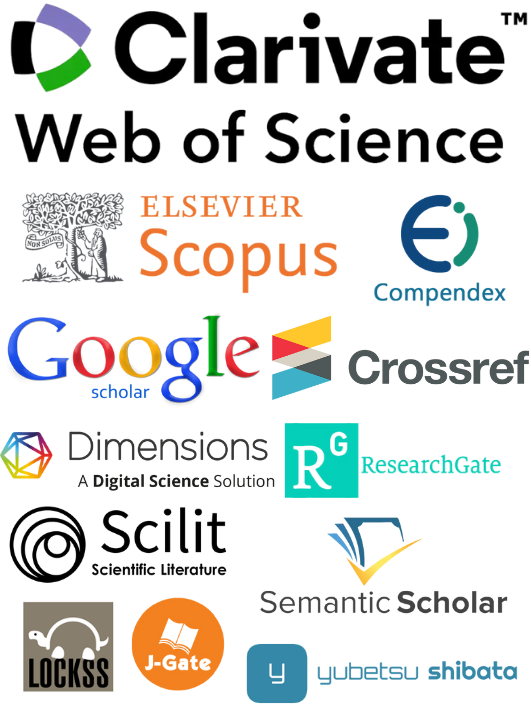Research on Ecological Art Practices Using Plants as a Medium of Expression
DOI:
https://doi.org/10.71222/x0b4m529Keywords:
plant medium, ecological art, interspecies communication, environmental perception, art therapyAbstract
This article focuses on the contemporary ecological art practice of plants as the core language medium, exploring its theoretical support and practical path. Studies have identified that plants can adopt perception and expression as a very different medium than other traditional material sources. The living characteristics of plants directly challenge the anthropocentric model of artistic creation and exploration. I discuss the fundamental aspects of a practice, which include the perceptual relationship of communicating across species, the dialectical relationship of controlled / uncontrolled creation, and the challenges of ethics in relation to ecological interests and aesthetic experience. The findings indicate that the main practices are organized in the following ways: bioelectric signal interaction devices, participatory symbiotic co-cultivation of plants, narrative-based plant archives, and art therapy interventions. These practices will not only extend the biological element of art, but also develop a deeper lens of environment relevance for the public to consider as an alternative to explore the development of ecological understanding and cross species ethics.
References
1. H. Dai and M. Guo, “The dissemination of the ecological civilization idea and aesthetic education practice by the public art museums—Taking Zhaoqing Art Museum as an example,” Academic J. Humanities & Social Sciences, vol. 7, no. 12, pp. 9–11, 2024, doi: 10.25236/AJHSS.2024.071222.
2. R. Ellen, V. D. Ruby, and K. Caleb, “Dirt(y) media: Dirt in ecological media art practices,” Eur. J. Cultural Stud., vol. 26, no. 1, pp. 31–46, 2023, doi: 10.1177/13675494211036964.
3. A. Gaynor and I. Mclean, “The limits of Art History: Towards an ecological history of landscape art,” Landscape Rev., vol. 11, no. 1, pp. 4–14, 2005.
4. W. Wheeler, “Figures in a landscape: Biosemiotics and the ecological evolution of cultural creativity,” L’Esprit Créateur, vol. 46, no. 2, pp. 100–110, 2006, doi: 10.1353/esp.2006.0029.
5. D. Wang, “Ecological design and public art: Impact on the perception of the urban environment,” Prostor, vol. 32, no. 2, pp. 8–10, 2024, doi: 10.31522/p.32.2(68).2.
Downloads
Published
Issue
Section
License
Copyright (c) 2025 Jianing Cheng (Author)

This work is licensed under a Creative Commons Attribution 4.0 International License.


